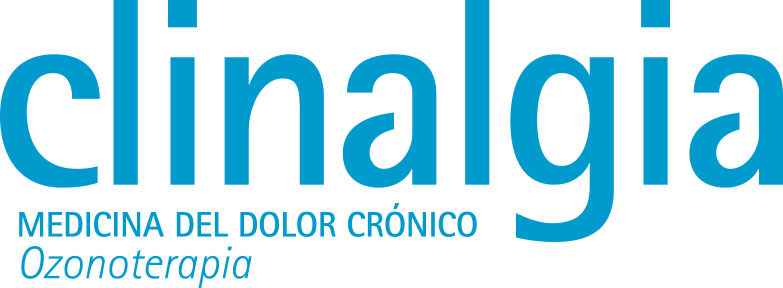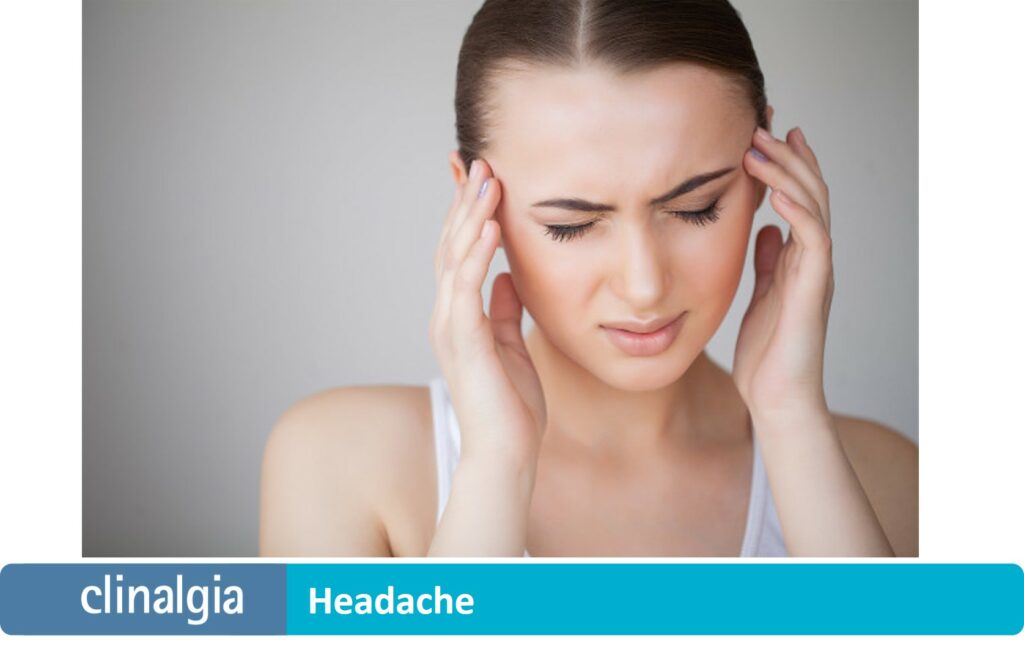
Headache
Headache
Headache or cephalalalgia represents one of the most common forms of pain in people.
What is headache
Normally, headache presents with varying intermittency, degrees of intensity and may or may not be associated with other pathology.
In the new international classification of chronic pain, orofacial pain and headache is one of the seven groups.
Often there is headache without the coexistence of other associated pathology. These are the so-called primary headaches, which are not associated with any special circumstances.
However, the headache may be associated with and secondary to another process.
These are secondary headaches (e.g. trauma, increased pressure inside the skull – intracranial hypertension – or a growing tumor).
Most common types of headache
According to the IHS (International Headache Society), there are more than 10 types of primary headaches, but we will refer to the most frequent ones: tension headache, migraine and cluster headache.
Between the three of them, they are the leading cause of neurological consultations and affect 46% of the adult population.
With regard to the first two (tension-type headache and migraine), which are much more frequent, a publication of the Italian National Neurological Institute reports that they «significantly impair health and lifestyle: almost all people with migraine and 60% of those with tension-type headache experience reductions in social activities and work capacity».2
1.- Tension-type headache
According to a review paper published in 2015, it affects between 0.5 and 4.8% of the world’s population.3
Tension headache is the most common headache. As with all other primary headaches, much remains to be known about the intimate mechanisms that take place for these headaches to occur and become chronic.
When it becomes chronic, it often limits the quality of life significantly.
Sensitivity to the environment and stressful situations would make it easier for the pain to worsen and recur more and more frequently.
This type of headache is usually related to tension in the musculature, both in the cranial region (muscles that cover the surface of the skull) and in the facial, mandibular and upper cervical region.
The muscular system, highly sensitive to the environment, responds to stress and remains in «defense mode», more tense than usual.
This circumstance decreases blood circulation and causes tight bands to form in the muscle that shorten it and «trigger points» that trigger radiating pain (myofascial pain).
Often, the usual medication is no longer effective, and in the treatment it is essential to release the muscles by means of small punctures and superficial infiltrations, either with saline, local anesthetic, or more recently, with medical ozone.
These interventions are very minimally invasive and very well tolerated.
Pharmacological treatments are effective, but they must be well controlled by a professional, as they are often the cause of chronicity and worsening.
The ideal is a multidisciplinary approach by a team of several expert professionals.
It is necessary to check that there is no coexistence of pain in the temporomandibular joint or its associated musculature, because in that case other more specific treatments would be needed.
It is also important to teach the patient adequate physical exercise, stress control techniques, sleep hygiene, etc.
2.- Migraine
According to a review by the University of Norway, 11% of the general adult population suffers from migraine, which is generally disabling.4
Migraine is characterized by painful attacks that usually affect half of the head, hence its name (hemicrania: half of the skull). It is more common in women.
The pain is usually very severe, throbbing, and may also be accompanied by nausea, vomiting or hypersensitivity to light and noise.
The patient is often forced to stop any activity and to lie down.
Seizures may be preceded or accompanied by neurological manifestations that may be strange or worrying for patients (difficulty in articulating words, anesthetic or tingling sensations, light vision, loss of vision, etc.).
In these cases it is imperative to perform a complete neurological examination.
Apart from family predisposition, triggering factors include: stress, lowered defenses, intake of certain foods, exposure to sunlight, inhalation of solvents, hormonal changes, physical overload, etc.
When migraine becomes chronic or complicated, it can limit relationship life, cause affective disorders, diminish self-esteem and even produce cognitive and memory impairment.
They generally have a good response to pharmacological treatments, and it is necessary to prevent the condition from becoming complicated or spreading.
In these cases, experts admit that treatment must be multidisciplinary, personalized for each case.
Treatments such as physiotherapy, physical training, trigger point infiltrations, nerve blocks, certain dietary regimes, occlusal splints or some food supplements have proved to be more or less effective.
Even endovenous ozone therapy, which is very well tolerated, has been used in patients refractory to the most common treatments.5
3.- Cluster headache or Horton’s headache
It is much less frequent than the previous ones, but it is much more limiting.
The pain is usually very oppressive, periorbital and retroorbital, with symptoms such as a feeling of nasal stuffiness, heat in the cheekbone area or great occipital tension.
It is considered one of the most severe pains known.
It is more frequent between 20 and 40 years of age, the pain attacks last between 15 and 180 minutes and can be of brutal intensity.
The outbreaks are grouped in episodes called clusters.6
Clusters usually have a periodic onset, tending to recur at certain times of the year.
It is also common for pain attacks to occur at specific times, such as mid-afternoon, after lunch, or in the early morning (alarm clock headache).
Certain medications are the first choice, and applications of medical oxygen are also effective.
In the most dramatic cases, invasive therapies such as nerve blocks, neurostimulation or surgery are used.
REFERENCES:
-
-
- Stovner Lj,Hagen K, Jensen R, Katsarava Z, Lipton R, Scher A, Steiner T, Zwart JA. The global burden of headache: a documentation of headache prevalence and disability worldwide. 2007 Mar; 27:193-210.
- Leonardi M,Steiner TJ, Scher AT, Lipton RB. The global burden of migraine: measuring disability in headachedisorders with WHO’s Classification of Functioning, Disability and Health (ICF). J Headache 2005; 6:429-440.
- Yu S,Han XU. Update of chronic tension-type headache. Curr Pain Headache 2015; 19: 469.
- Stovner Lj,Hagen K, Jensen R, Katsarava Z, Lipton R, Scher A, Steiner T, Zwart JA. The global burden of headache: a documentation of headache prevalence and disability worldwide. 2007 Mar; 27:193-210.
- ClavoB, Santana-Rodriguez N, Gutierrez D, Lopez JC, Suarez G, Lopez L, Robaina F, Bocci V. Long-term improvement in refractory headache following ozone therapy. J Altern Complement Med. 2013; 19: 453-458.
- Weaver-Agostoni J. Cluster headache. Am Fam Physician.2013; 88:122-128.
-



